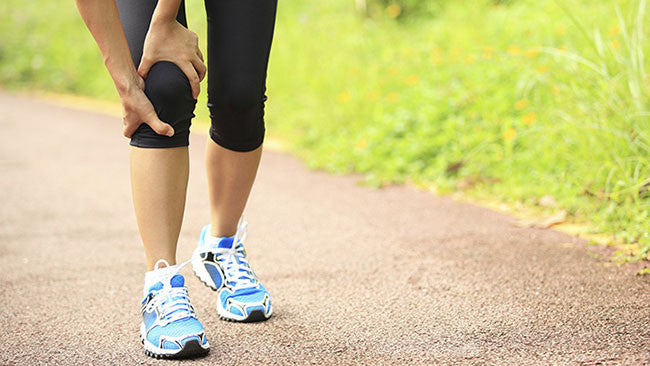Are Overuse Injuries Just Par for the Course?
You hear the words all the time, from your trainer, your workout partner, your Sifu (hehe), and yourself. Any physical activity has the potential for causing pain, especially if the movement is new to you or you upped the intensity of your workout, but there is a marked difference between injury pain and soreness pain. It’s important to know the difference because you will gain very little through the kind of pain that comes with injury. Overuse injuries are the most common and some of the hardest to detect because they can build up over time.
Mind Your Muscles
An awareness of one’s own body is beneficial in more ways than one. You can feel an imbalance, whether internal or external. Pain is your body’s way of telling you that something is off, and you should always listen.
We build strength by damaging or breaking down our muscles and bones and then rebuilding them. The muscle gets damaged because it can’t quite handle the stress of the movement or the heaviness of the weight . This is natural. This is when we feel sore the next day or the day after (delayed onset soreness). When the muscle repairs itself, it builds up stronger than before so it doesn’t repeat the damage. We get stronger by pushing our physical limits as our limits evolve, but feeling sore is one thing and being injured is quite another.
Pain is Not Always Weakness Leaving the Body
It depends on the pain. The key to pushing ourselves is to do so while also allowing for recovery. If we break our bodies down faster than it can repair itself (because that is what it is designed to do), we exist in a perpetual state of injury. These are overuse injuries.
Traditional Kung Fu training involves the conditioning of the bones, particularly the forearms and shins. We create microfractures during conditioning exercises and when the body heals it, it deposits more calcium to make the bone denser and less prone to damage. This is why rest is important. Continually damaging the same bone or same muscle without allowing it to become stronger instead makes it weaker.
Overuse is Manageable
Some of the most common overuse injuries are runner’s knee, muscle strains (including tears), tennis elbow, and tendonitis (which also appears in runner’s knee and tennis elbow), all involving inflammation and pain. Tendons, which connect your muscles to your bones, are particularly susceptible as the take the brunt of the physical stress of repeated movements. As your muscles contract, they pull on your tendons, which in turn pull on your bones, causing movement. Anyone who has pulled a tendon knows the restriction of movement (and pain) that comes with it.
Overuse injuries can be caused by any or all of the following:
- Increase in frequency or intensity of the exercise (training error), especially while recovering from an injury
- Improper training technique (e.g. posture when deadlifting)
- Faulty coaching/training, which tends to lead to #2
- Inappropriate training equipment (e.g. running shoes that lack support)
There are a few things to keep in mind to help prevent and recover from overuse injuries. Warm up before a workout, particularly if it is strenuous. Stretch when you are warmed up so as reduce your chance of pulling/straining muscles and tendons (and ligaments). Stretching after your workout is beneficial as well. Flexibility goes a long way to help decrease your risk of injury.
The one thing that may be the most difficult is rest. Whether you just started a new workout regimen or you’re a lifelong athlete, it can be very difficult to “skip” your workout. Aside from the physical benefits, exercise promotes optimal brain function as well, even reducing mental and emotional stress. This being said, you will not get stronger if you do not allow your body to recover before challenging yourself anew. Rest does not necessarily mean “do nothing.” You can tone down your workout for a while or even isolate muscle groups. You can also help muscle recovery along by using X-Jow on the affected area. The special combination of herbs in our X-Jow Spray and X-Jow Gel promotes healing and provides the pain relief you need.


